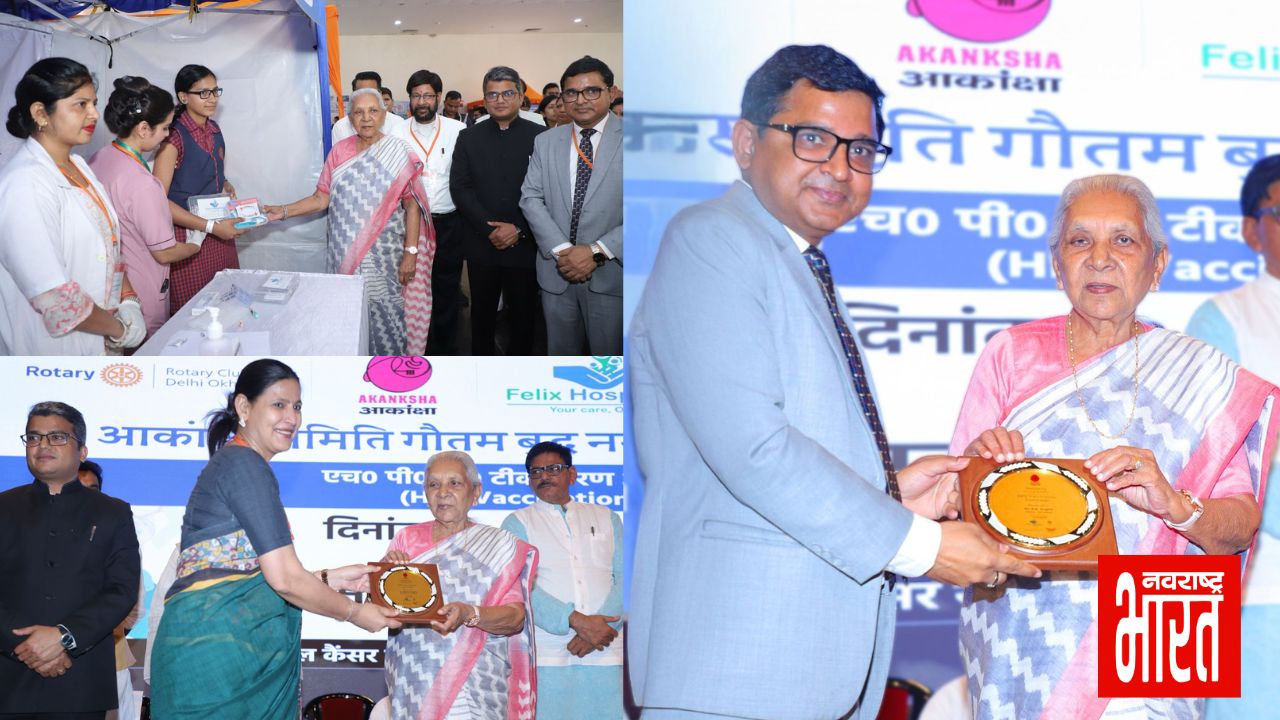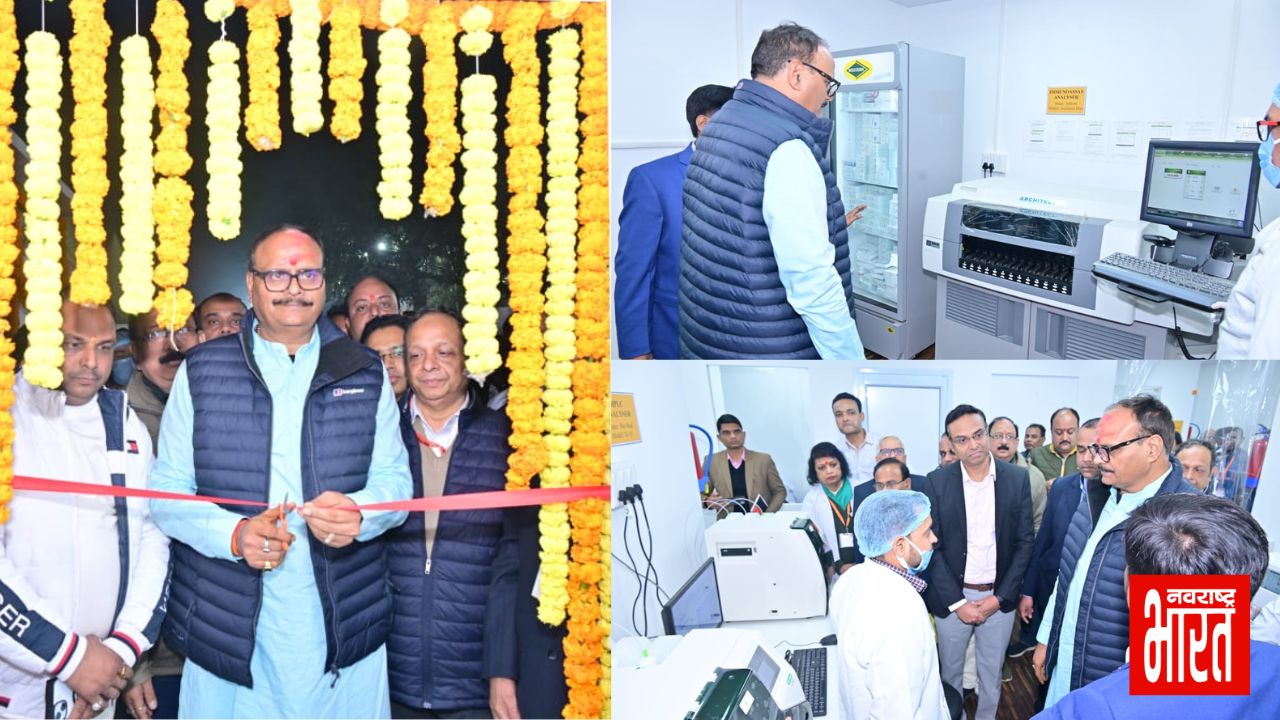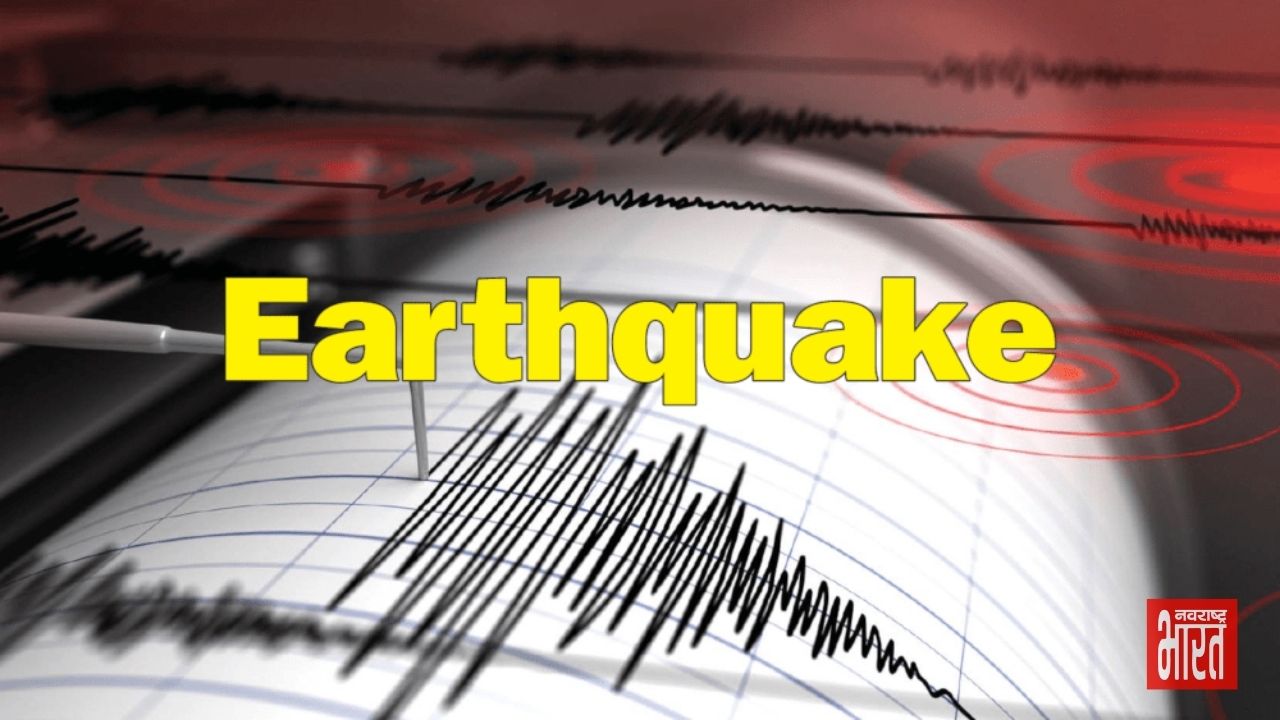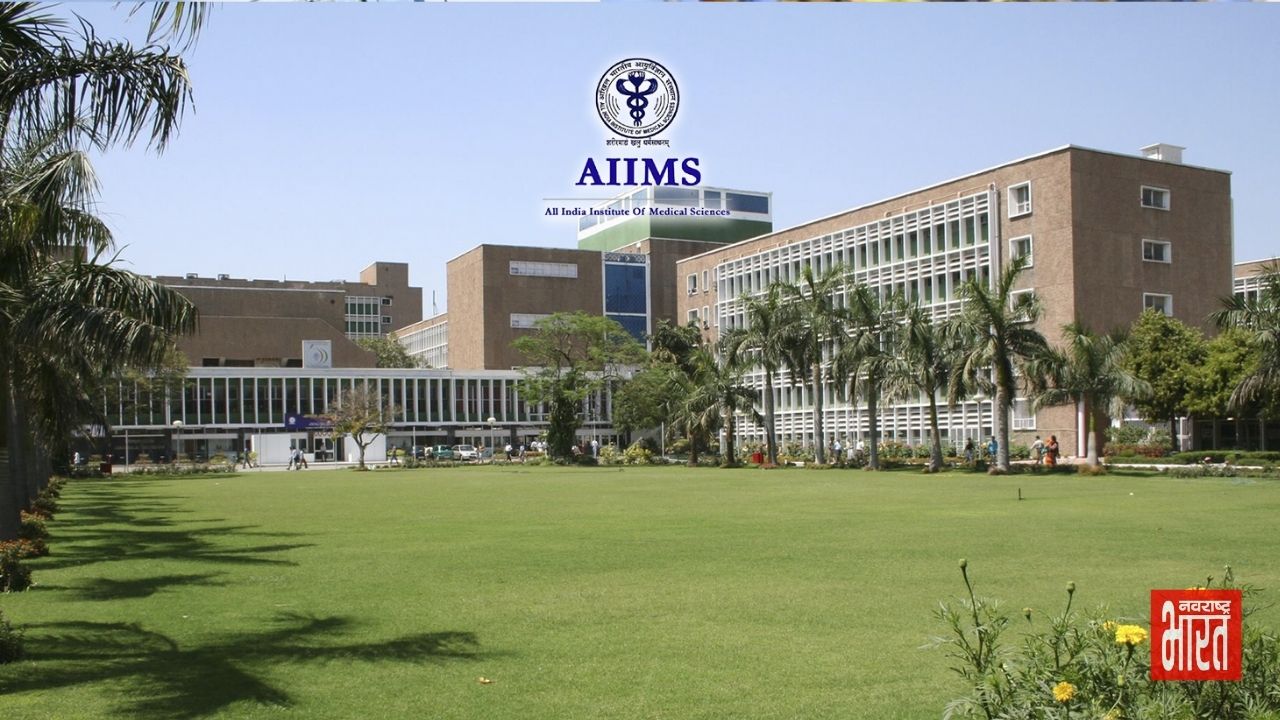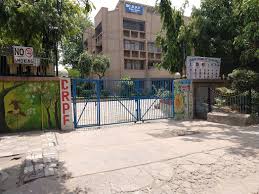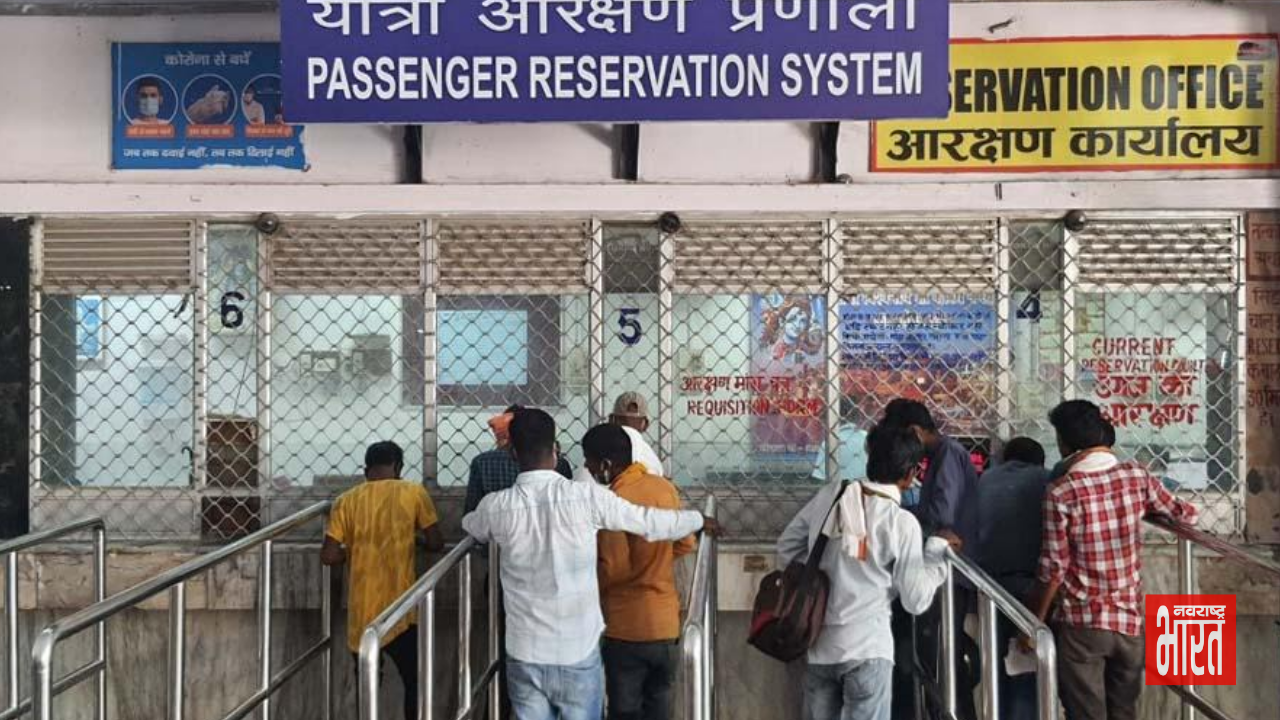
What is Hypertension?
Genetics, age, and certain health conditions can increase your likelihood of developing high blood pressure. Managing this condition may involve a combination of medication and changes to your lifestyle.
High blood pressure, also known as hypertension, occurs when the force of the blood against the walls of your arteries is consistently too high. This pressure takes into account both the amount of blood being pumped and the resistance it meets while moving through the blood vessels.
In this article, we will explore the essential details of hypertension, including its symptoms, causes, treatments, and other important information.
What is high blood pressure?
Hypertension occurs when your arteries narrow, causing greater resistance to blood flow. The narrower your arteries, the more pressure your blood must exert to keep flowing. Over time, this elevated pressure can contribute to serious health problems, such as heart disease.
High blood pressure is extremely common. After guidelines were updated in 2017, nearly half of all American adults were found to have hypertension, according to the American Heart Association.
Hypertension typically develops gradually over the years without obvious symptoms. However, despite the absence of symptoms, high blood pressure can damage your blood vessels and vital organs, such as the heart, kidneys, eyes, and brain.
Detecting hypertension early is critical, and regular blood pressure checks are key in identifying any abnormal trends. If your blood pressure is elevated, your doctor may suggest monitoring it over time to see if it remains consistently high or returns to normal levels.
Hypertension can be managed through both lifestyle changes and prescribed medications. If left untreated, it can lead to severe health complications, including heart attacks and strokes.
Understanding blood pressure readings
Blood pressure readings are made up of two numbers:
- Systolic pressure (top number): This represents the pressure in your arteries when your heart beats and pumps blood.
- Diastolic pressure (bottom number): This is the pressure in your arteries when your heart is at rest between beats.
There are five categories of blood pressure readings for adults:
- Normal: A systolic pressure below 120 mm Hg and a diastolic pressure below 80 mm Hg.
- Elevated: A systolic number between 120 and 129 mm Hg and a diastolic number below 80 mm Hg. Lifestyle changes are typically recommended.
- Stage 1 Hypertension: A systolic number between 130 and 139 mm Hg or a diastolic number between 80 and 89 mm Hg.
- Stage 2 Hypertension: A systolic number of 140 mm Hg or higher, or a diastolic number of 90 mm Hg or higher.
- Hypertensive Crisis: A systolic number above 180 mm Hg or a diastolic number above 120 mm Hg, requiring immediate medical attention.
Blood pressure measurements are taken using a cuff, and having a cuff that fits properly is crucial for an accurate reading.

Causes of high blood pressure
Hypertension is classified into two types, each with distinct causes:
- Primary (Essential) Hypertension: This type develops gradually over time without any identifiable cause. Several factors contribute to primary hypertension, including:
- Genetics: A hereditary predisposition to high blood pressure.
- Age: People over 65 are at a higher risk.
- Race: Black people in the U.S. are more prone to hypertension due to various factors, including genetics and societal influences.
- Obesity: Excess weight can lead to hypertension and other cardiovascular problems.
- Alcohol Consumption: Even moderate alcohol intake can increase the risk of hypertension.
- Inactivity: A sedentary lifestyle is associated with an increased risk of high blood pressure.
- Diabetes or Metabolic Syndrome: Both conditions raise the likelihood of developing hypertension.
- High Sodium Diet: Consuming more than 5 grams of sodium per day is closely linked to high blood pressure.
- Secondary Hypertension: This type occurs quickly and is usually more severe than primary hypertension. It can be caused by several underlying conditions, including:
- Kidney disease
- Obstructive sleep apnea
- Heart defects present at birth
- Thyroid issues
- Adrenal gland disorders
- Certain endocrine tumors Secondary hypertension can also be triggered by certain medications.
Symptoms of Hypertension
Hypertension, or high blood pressure, is typically known as a silent condition because it often shows no noticeable symptoms for many years. Many individuals may not even realize they have high blood pressure until it becomes severe. Even when symptoms do occur, they can be easily mistaken for other health issues.
Regular blood pressure checks are the most reliable way to detect hypertension. Healthcare providers usually take a reading during routine visits.
In cases of severe hypertension, such as during a hypertensive crisis, symptoms can include:
- Headaches
- Nausea
- Vomiting
- Vision problems
- Chest or back pain
- Breathing difficulties
Effects of High Blood Pressure on the Body
Though hypertension may not cause immediate symptoms, it can quietly damage your body over time. The prolonged strain of high blood pressure can lead to the hardening and narrowing of arteries, reducing blood flow and increasing the risk of complications such as:
- Stroke
- Heart attack
- Heart failure
- Arrhythmia
- Kidney disease or failure
- Vision loss
- Sexual dysfunction
- Cognitive decline, including dementia
Hypertension and Pregnancy
People with high blood pressure may encounter additional challenges during pregnancy. Complications can include reduced kidney function, preeclampsia (a dangerous pregnancy complication), and low birth weight for the baby. Hypertension during pregnancy often resolves after childbirth, but it can increase the risk of developing high blood pressure later in life.
Diagnosing Hypertension
Hypertension can be diagnosed through regular blood pressure readings. If a reading is high, additional measurements over time may be needed before a diagnosis is confirmed. A doctor may also conduct tests to rule out underlying causes of elevated blood pressure, including:
- Blood tests for cholesterol and other markers
- Electrocardiogram (EKG) to check heart activity
- Ultrasound of the heart or kidneys
- 24-hour home blood pressure monitoring
Treatment Options for High Blood Pressure
For primary hypertension, lifestyle changes are often recommended as the first step in reducing blood pressure. If lifestyle changes alone are not enough, medications may be prescribed.
Common medications for hypertension include:
- Beta-blockers
- Diuretics (water pills)
- ACE inhibitors
- Angiotensin II receptor blockers (ARBs)
- Calcium channel blockers
- Alpha-2 agonists
Treating Secondary Hypertension
If hypertension is caused by another underlying condition, treatment focuses on addressing that issue. For example, if a medication is causing high blood pressure, the doctor may suggest alternatives. In some cases, hypertension persists despite treatment for the underlying cause, requiring both medication and lifestyle adjustments to control blood pressure.
Home Remedies for High Blood Pressure
Making healthy lifestyle changes can significantly help in managing high blood pressure. Experts recommend:
- Following a heart-healthy diet, rich in fruits, vegetables, whole grains, and lean proteins like fish
- Engaging in regular physical activity (at least 150 minutes per week)
- Maintaining a healthy weight
- Reducing stress
- Quitting smoking
- Limiting alcohol consumption
Lifestyle Tips to Lower the Risk of Hypertension
If you are at risk for high blood pressure, you can take steps to reduce your chances of developing it. These include:
- Eating 4 servings of fruit and 5 servings of vegetables daily
- Reducing your intake of refined sugar
- Limiting sodium intake to 1.5 to 2.3 grams per day
- Setting weight loss goals if needed
- Monitoring your blood pressure regularly
Conclusion
High blood pressure, or hypertension, is a widespread health issue that can lead to severe complications if untreated. Effective treatment depends on the severity of the condition and individual factors. For many people, lifestyle changes such as a nutritious diet, increased physical activity, and reduced sodium intake can play a significant role in managing or reversing high blood pressure.
Since hypertension often has no symptoms, regular blood pressure monitoring is crucial to prevent serious health complications. Early diagnosis and management can help prevent conditions like heart attack and stroke.



























